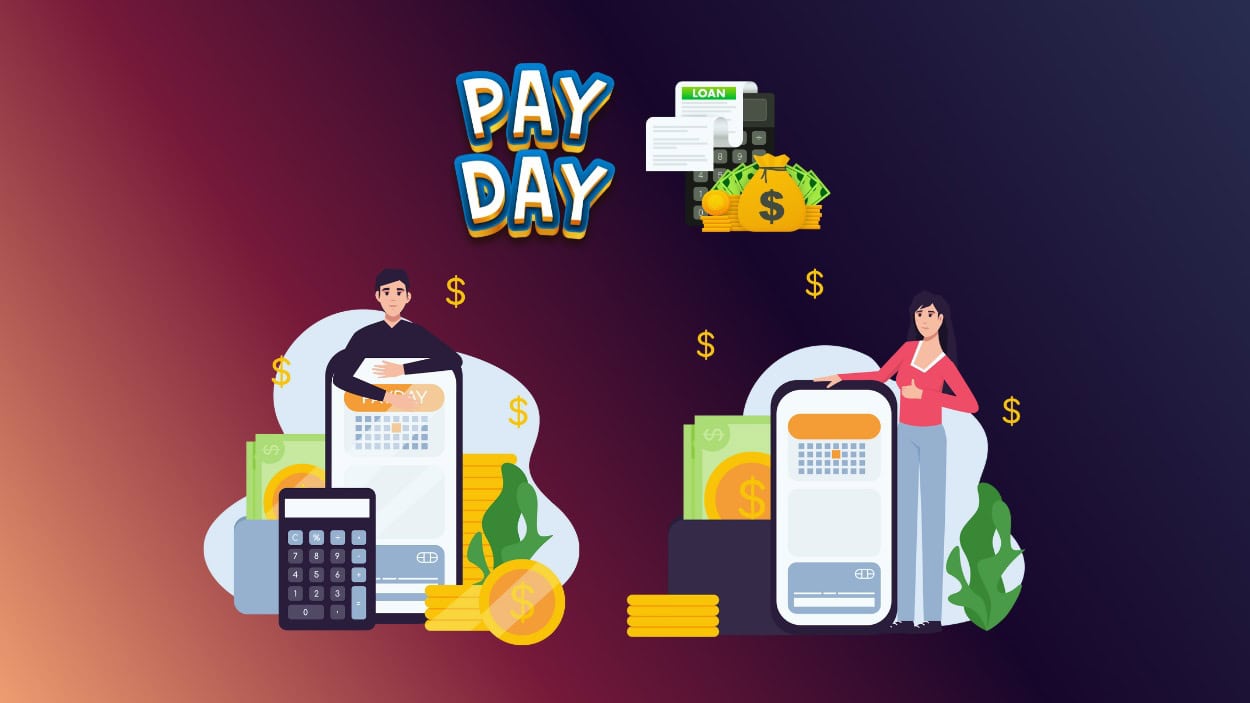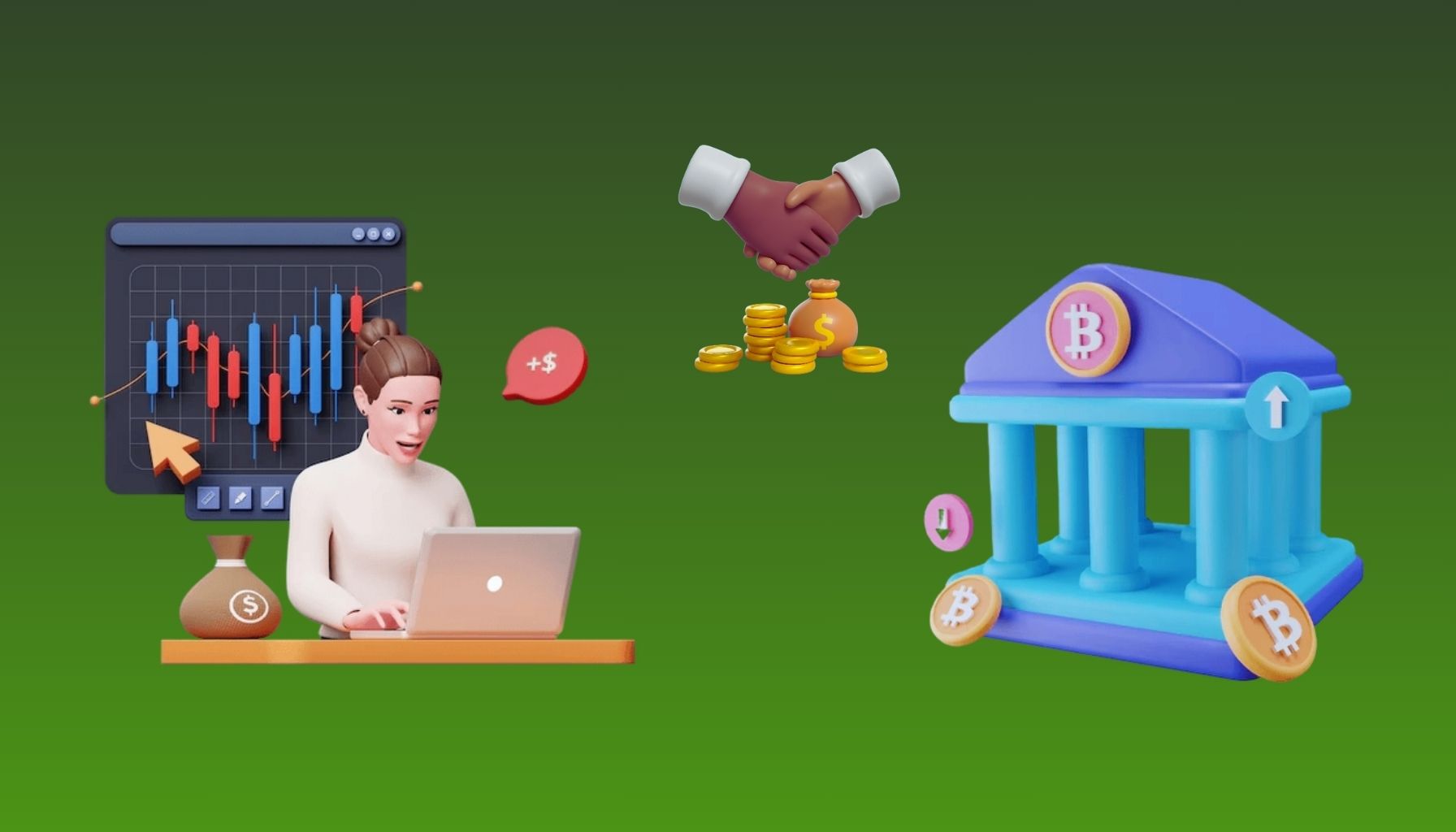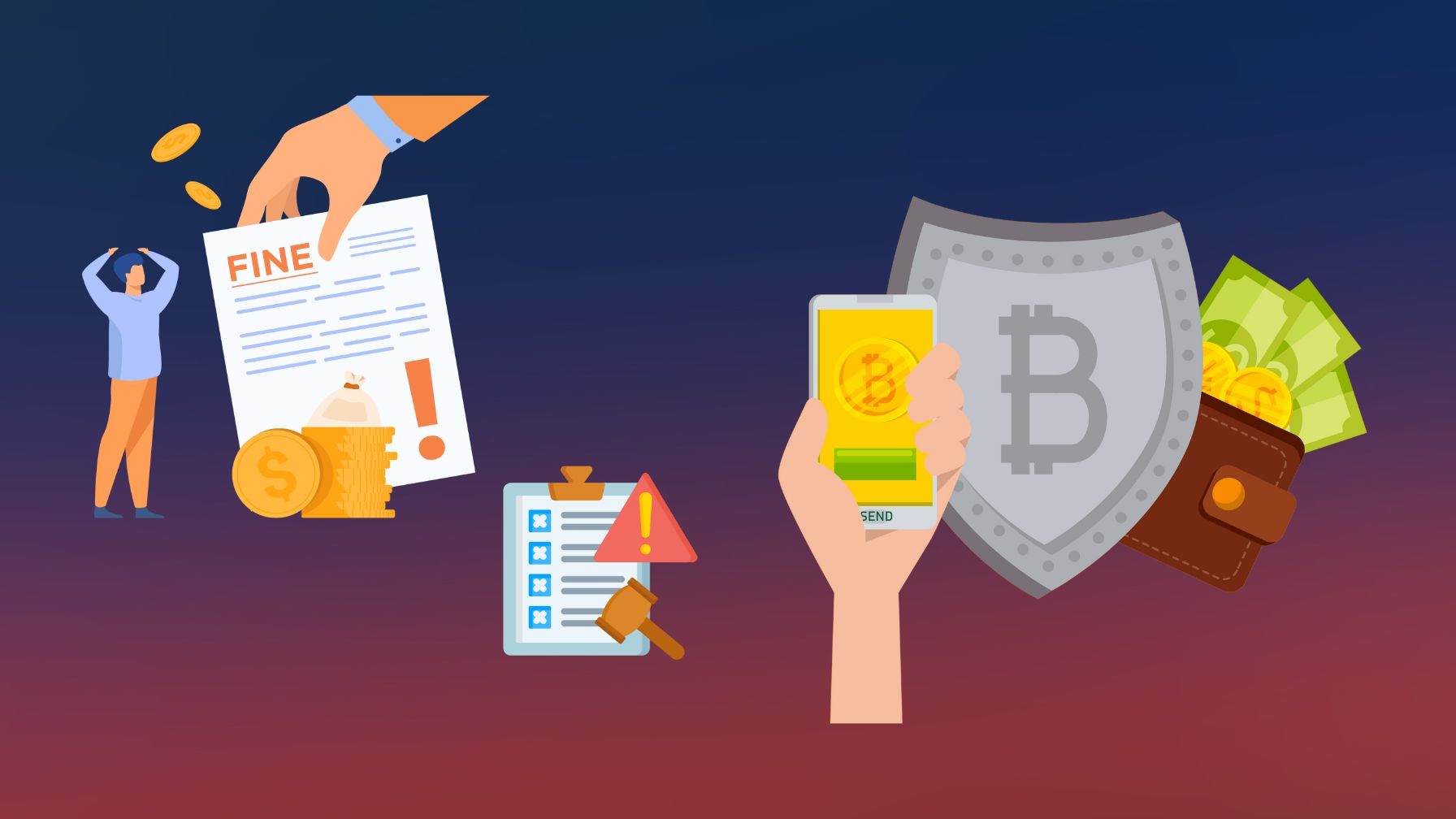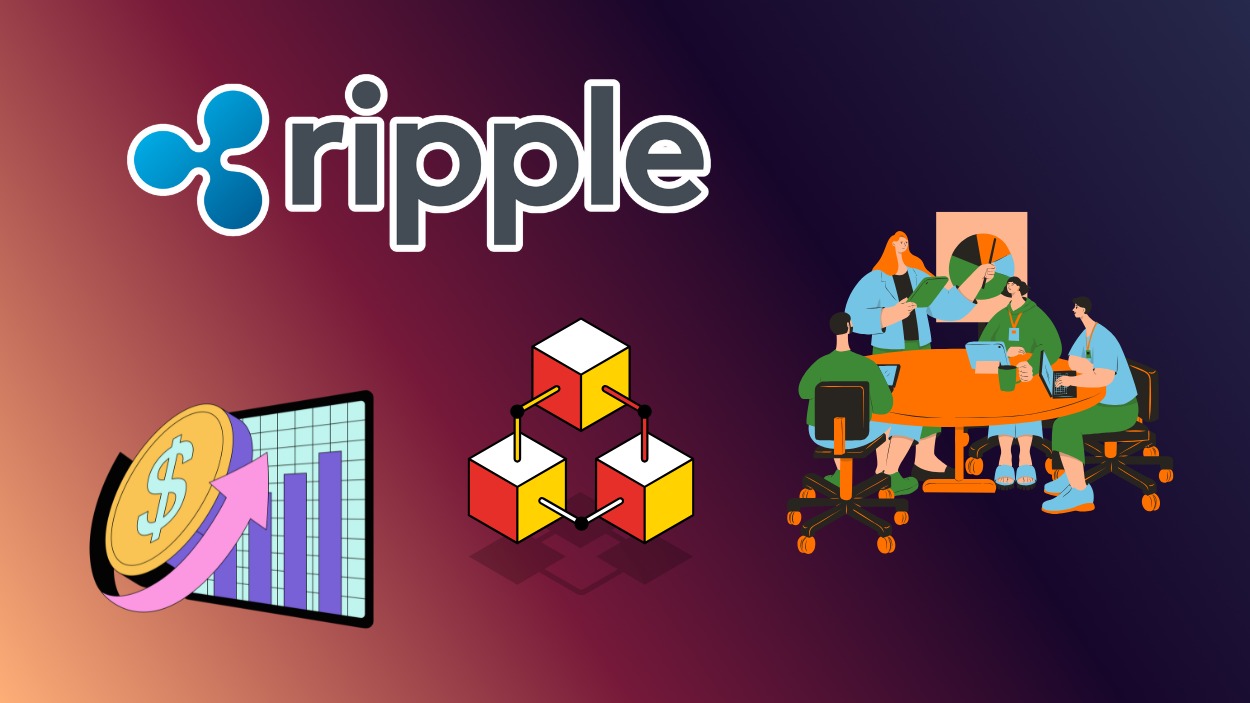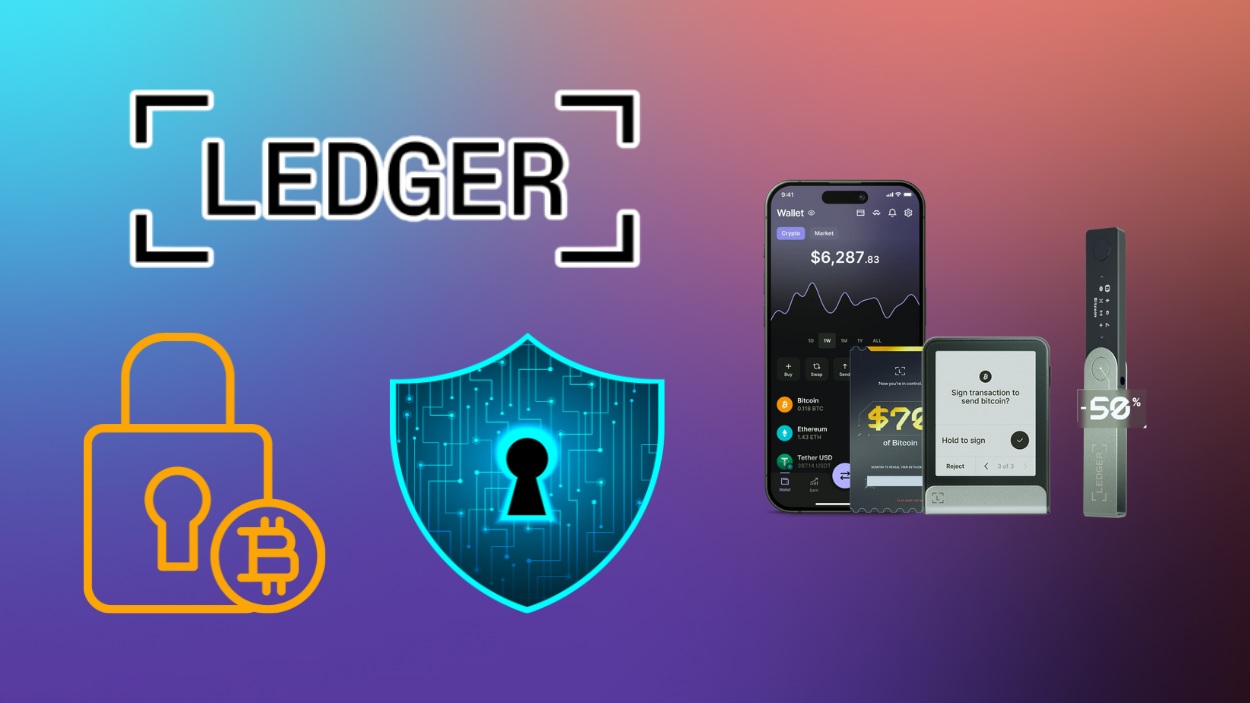In the evolving world of finance, payday loans stand out as a quick solution for many who need immediate cash. For some, these loans bridge the gap between paychecks, while for others, they become a financial trap. Despite regulatory scrutiny and evolving alternatives, the payday loan industry continues to grow, especially in areas with restricted credit access. Understanding the size, segmentation, and demographics of this market reveals why so many Americans turn to payday loans and the critical changes affecting the industry.
Editor’s Choice
- The global payday loan market is estimated to reach $37.51 billion in 2025, growing at 5.8 % annually.
- Around 12 million Americans use payday loans each year, with an average loan of $375 repaid in about two weeks.
- Annual fees from payday loans exceed $9 billion, pointing to ongoing financial instability among users.
- The online payday loan segment continues to expand, though 2025 market share figures remain limited.
- Interest rates typically range from 300% to 500% APR, making payday loans one of the most expensive credit options.
- Most payday loans are still rolled over or renewed, reinforcing a recurring cycle of debt.
- Stricter interest rate caps in states like California, Texas, and Ohio are reshaping local lending strategies.
Type Insights
- Single‑payment payday loans still dominate at around 80 % of the market, pushing borrowers into cyclical borrowing.
- Installment payday loans are rising by 12 % in popularity, offering a less risky fixed‑payment alternative.
- Online payday loans now account for about 42 % of all transactions, driven by speed and convenience.
- Payday installment loans that stretch repayment over months are increasingly popular, especially in states with interest caps.
- Salary‑based loans that deduct payments from paychecks are expected to capture 15 % of the market by 2025.
- Secured payday loans remain a small segment at 6 %, requiring collateral but offering lower rates.
- The average loan amount has dropped from $500 to $375, suggesting a shift toward smaller, lower‑risk borrowing.
Marital Status Insights
- Single individuals remain a leading group of payday loan users, accounting for a majority of borrowers, with some studies indicating proportions up to 65% depending on income and location.
- Married borrowers represent about 25 % of users, often borrowing for family-related expenses.
- Divorced and separated individuals account for over 18 % of annual payday loan users.
- Around 38 % of single mothers have relied on payday loans for unexpected costs.
- Married borrowers are more likely to choose installment loans over single-payment options.
- Among separated borrowers, about 24 % use payday loans due to reduced household income.
- Major life events like divorce or partner loss push 45 % of separated or divorced users toward payday loans.

Global Market Segmentation
- The United States dominates the global payday loan market with about 65 % market share in 2025.
- Canada’s annual growth in payday loan usage continues at around 7 %, especially in Ontario and British Columbia.
- The UK contributes a modest 6 % of global payday loan usage, constrained by tighter regulations.
- In South Africa, digital payday loans now account for 50 % of all payday lending.
- Asia‑Pacific is forecast to grow at 8 % annually over the next five years, led by India and the Philippines, exploring lending for the unbanked.
- In Latin America, approximately 18 % of payday borrowers now use mobile-based platforms, especially in Mexico and Brazil.
- Rural and underserved areas are projected to represent 30 % of new payday loan users by 2025, powered by expanding mobile access.
Demographics and Customer Segmentation
- Millennials account for the largest share of payday loan users, estimated at around 40–45%, largely due to high living expenses and student loan burdens.
- Generation X (34 %) continues to rely on payday loans for unexpected expenses like medical or auto repairs.
- Baby Boomers (14 %) are increasingly using payday loans due to retirement shortfalls and rising healthcare costs.
- Women comprise 54 % of borrowers, frequently citing childcare and family expenses as the main reasons for borrowing.
- African American and Hispanic communities represent 20 % and 15 %, respectively, reflecting income disparities and limited access to traditional credit.
- About 67 % of users earn $30,000 or less annually, highlighting the reliance of low-income individuals on high-cost loans.
- The unbanked and underbanked segment (10 % of U.S. households) remains heavily dependent on payday loans as their main source of credit.
Payday Loans Market Forecast
- The market size in 2025 is projected at $37.51 billion.
- By 2029, the market is forecasted to reach $46.24 billion.
- The market is expected to grow at a CAGR of 5.4% during this period.

Impact of Technology on Payday Lending
- Digital payday lending accounts for 45 % of the industry in 2025, offering faster and more convenient loan access.
- AI and machine learning have reduced loan processing time by up to 80 %, attracting users who need instant funding.
- Around 65 % of digital borrowers now access payday loans through mobile devices, particularly in urban areas.
- Blockchain-based payday lending remains small but represents 3 % of transactions, improving security and transparency.
- About 70 % of lenders use chatbots and automation to manage customer inquiries more efficiently.
- Real-time, data-driven algorithms help assess creditworthiness and reduce the risk of default.
- Enhanced cybersecurity protocols are in place at 85 % of digital lending platforms to protect customer data.
Revenue Breakdown by Loan Type
- Single‑payment payday loans continue to dominate revenue with around 72 % of total industry earnings in 2025.
- Installment payday loans contribute approximately 18 % of industry revenue as their adoption grows.
- Online payday loans are seeing revenue increase at an annual rate of 15 %, drawing in more users via convenient platforms.
- Secured payday loans account for 5 % of total revenue, appealing to borrowers with collateral and lower rates.
- Salary-based advance platforms are projected to generate $4–5 billion in revenue by 2025, according to forecasts from fintech industry analysts.
- Repeat customers generate around 75 % of all payday loan revenue, underscoring dependency patterns.
- BNPL and alternative lending products are growing at annual rates of up to 20%, according to fintech analysts, with demand driven by credit-averse younger consumers.

Regulatory Landscape: State and Federal Regulations
- Federal discussions are gaining momentum around imposing a 36 % APR cap nationwide to curb predatory lending.
- The Military Lending Act maintains a protective 36 % APR cap for active-duty service members and their families.
- California’s Fair Access to Credit Act continues to limit rates for loans up to $2,500, shaping the 2025 lending environment.
- Texas still sees average APRs well above 600 %, reflecting minimal regulatory limitation.
- Ohio enforces a 28 % APR cap on payday loans, resulting in fewer lenders and lower consumer costs.
- The CFPB’s payment provisions rule took effect in March 2025, but industry reports indicate that enforcement activity has been limited, with few major penalties issued thus far.
- Alaska has passed legislation to impose a 36 % APR cap on loans of $25,000 or less, pending the governor’s approval.
- The CFPB continues to enforce the Military Lending Act strongly, highlighted by its $9 million settlement with FirstCash in 2025.
Impact of Payday Loans on Borrowers
- 44.20% of borrowers said they were better off after using payday loans.
- 30.30% reported being worse off financially due to payday loans.
- 25.50% stated that payday loans made no difference in their financial situation.
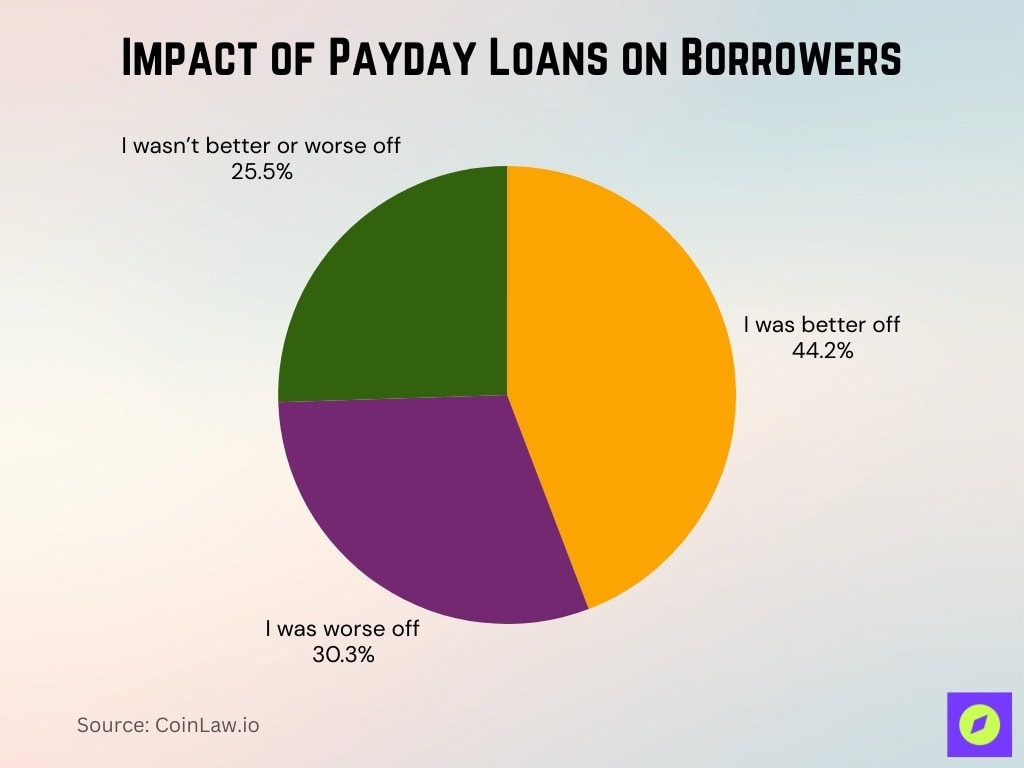
Competitive Landscape and Key Companies
- Advance America remains a top payday lender with over 800 storefronts and a strong online presence across the U.S.
- Check Into Cash continues to broaden its offerings, including check cashing, installment loans, and online payday services, while growing its digital reach.
- Speedy Cash has boosted its market share through an omnichannel strategy, allowing loan applications in-store, online, or via mobile app.
- ACE Cash Express operates in states with relaxed regulations, maintaining a network of over 900 locations.
- Money Mart serves the underbanked with more than 350 locations offering payday loans, installments, check cashing, and prepaid cards.
- LendUp has shifted from pure payday lending to credit-building products targeting customers focused on long-term financial improvement.
- Rise Credit offers online installment payday loans and aims to guide users toward more affordable borrowing options over time.
- Fintech challengers like Earnin, Payactiv, and DailyPay offer salary advance and earned wage access apps, pushing traditional lenders to innovate.
Reasons People Use Payday Loans
- 48.5% of borrowers used payday loans to cover everyday bills such as groceries, utilities, and rent.
- 15.8% relied on payday loans for emergency automotive expenses.
- 13% turned to payday loans for emergency medical expenses.
- 10.9% used payday loans to pay off other debt, including credit cards, mortgages, or auto loans.
- 5.6% borrowed to make a large purchase, like appliances or electronics.
- 3.6% admitted to using payday loans for entertainment purposes.
- 2.6% reported other reasons for taking payday loans.

Consumer Behavior and Usage Patterns
- Nearly 80 % of payday loan borrowers use loans for essentials like rent, utilities, and groceries, highlighting their role as a financial lifeline.
- About 48 % of borrowers report having no other access to credit, reflecting limited financial alternatives.
- Borrowers typically take out payday loans five to ten times per year, often to keep up with recurring expenses.
- More than 80 % of payday loans are rolled over or followed by another within two weeks, reinforcing a cycle of debt.
- Around 30 % of borrowers report financial strain from lump-sum repayment schedules, which often cause hardship.
- Young adults aged 18–34 make up 45 % of payday loan users, largely due to student debt and high living costs.
- About 37 % of single-parent households have used payday loans in the past two years to cover urgent expenses.
Alarming Payday Loan Trends
- The average APR for payday loans remains staggeringly high, reaching up to 652 % in Idaho and over 500 % in states like Utah and Texas.
- Over 80 % of payday loans are rolled over or reborrowed within 14 days, underscoring the deep reliance on repeated borrowing.
- Digital platforms continue to raise red flags, with numerous borrowers reporting unauthorized account activity, such as withdrawals and charges, highlighting ongoing security concerns.
- Borrowers taking multiple payday loans face heightened risk of default on other obligations, affecting credit scores and financial resilience.
- Extremely short repayment terms, usually 14 to 30 days, drive up repeat borrowing, as many lack the funds to repay within such a brief window.
- Advocates are increasingly calling for mandatory cooling-off periods between loans, a policy some states are now considering to curb relentless borrowing cycles.
- Rapid automation in digital approvals risks ignoring signs of financial stress, potentially leading to perilously unsustainable lending decisions.
Employment Status of Payday Loan Recipients
- 81.2% of payday loan recipients are full-time employed, making up the vast majority.
- 6.9% are part-time workers, showing that even those with partial income rely on payday loans.
- 5.1% are retired individuals who still turn to payday loans.
- 2.9% are self-employed, indicating usage among small business owners and freelancers.
- 1.6% are stay-at-home individuals relying on payday loans for support.
- 1.2% are unemployed, highlighting financial desperation despite no steady income.
- 0.9% are students, suggesting reliance among young borrowers.
- 0.2% are temporary workers, the smallest group of recipients.
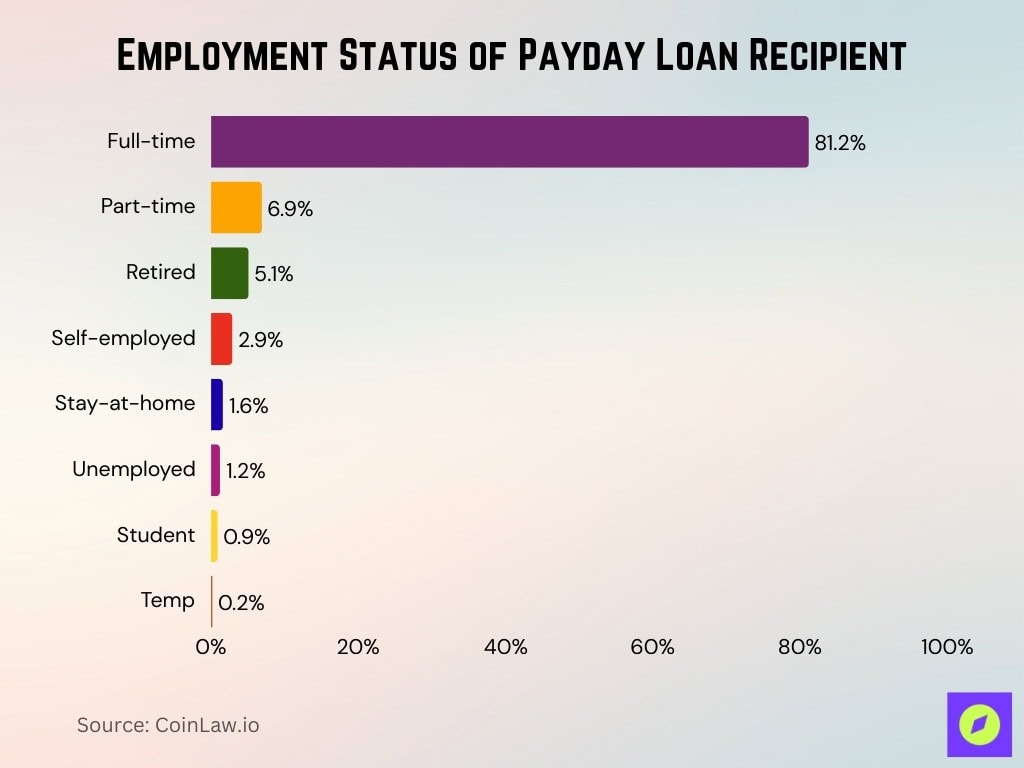
Alternatives to Payday Loans
- Credit unions now offer small‑dollar loans often under 18 % APR, presenting a much lower‑cost alternative for members.
- Community Development Financial Institutions (CDFIs) deliver affordable loans plus financial counseling to help low‑income individuals steer clear of payday options.
- Installment loans from mainstream banks and fintechs provide more manageable payment schedules and lower interest rates than payday lending.
- Employer‑based loans, where staff borrow against future paychecks, are growing in popularity and offer a safer alternative with no predatory fees.
- Salary‑advance apps like Earnin and Dave give users early access to wages with no interest charges, relying on optional tip models instead.
- Buy‑Now‑Pay‑Later (BNPL) services offer interest‑free installments for purchases, making expenses easier to manage without payday loans.
- Nonprofit financial counseling services guide users through debt management and connect them with resources to reduce reliance on payday loans.
Recent Developments
- The CFPB’s payment-provisions rule took effect in March 2025, though enforcement has been deprioritized.
- Lenders are adopting AI-powered credit tools to offer personalized rates and terms, reshaping how payday loans are issued.
- States like Illinois, Colorado, and Virginia have strengthened 36 % APR caps, limiting payday loan access in those regions.
- Policymakers are advancing federally backed small-loan programs through community banks as safer credit alternatives.
- About 85 % of new borrowers now apply for payday loans online, reflecting a major shift toward digital lending.
- Public pressure and anti-payday lending campaigns are driving more consumers toward alternative financial solutions.
- Lenders are increasingly partnering with financial literacy programs to promote informed borrowing and improve their reputation.
Conclusion
The payday loan industry, despite its challenges and regulatory pressures, continues to serve a significant market need, particularly among those without traditional credit access. While high interest rates and repeat borrowing remain concerns, the industry is gradually adapting to shifts in consumer demand, regulatory frameworks, and technological advancements. Alternatives like salary advance apps, BNPL, and credit union loans are beginning to offer viable options, helping consumers avoid the high costs of payday loans. The future of payday lending will likely be shaped by continued efforts to balance consumer protection with financial inclusion. For borrowers, understanding the full impact of payday loans and exploring safer financial products will be key to achieving long-term stability.
Hover or focus to see the definition of the term.


